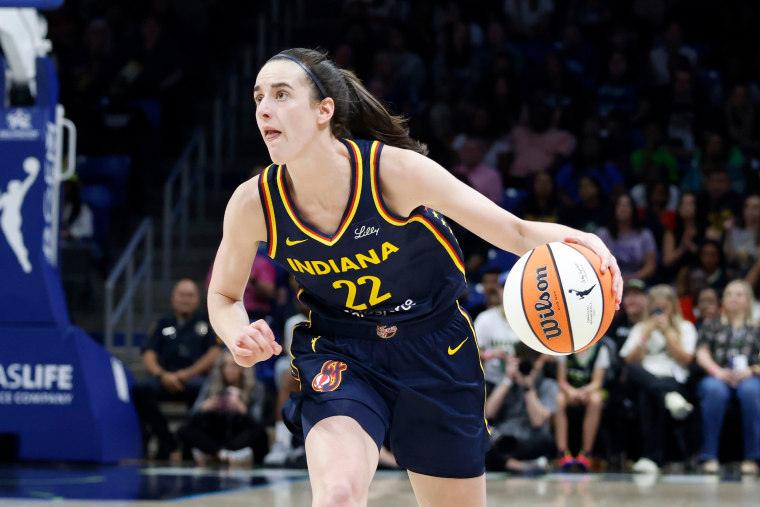Coach Christy Sides’ recent actions have sparked controversy within the basketball community, as she publicly criticized star player Caitlyn Clark for the team’s recent loss. This move has not only thrown Clark under the bus but has also called into question Sides’ leadership and accountability.
The criticism directed at Clark contrasts sharply with Sides’ role as a leader supposed to foster team cohesion and support. Rather than addressing collective shortcomings or strategical adjustments, Sides singled out Clark, citing discrepancies in performance metrics compared to other players like Kelsey Mitchell. This approach not only undermined Clark’s contributions but also hinted at broader issues within team dynamics and strategy.

Clark’s response during the game itself reflected her frustration and potential disagreement with coaching decisions. Her strategic gameplay, which included deliberate mistakes, suggested a deeper level of basketball intelligence and assertiveness, possibly stemming from differences in vision with Sides and her coaching staff. The tension between Clark and the coaching staff has been palpable, highlighting a significant rift that threatens team unity and morale.

In team sports like basketball, trust between the coach and players is crucial for effective teamwork and performance. Sides’ public criticism eroded this trust, impacting the team’s morale and overall performance negatively. The incident not only exposed fractures in player-coach relationships but also underscored the importance of leadership that fosters accountability and collective responsibility.
Critics have pointed out that Sides’ refusal to take responsibility for the team’s performance and her decision to blame Clark for the loss have damaged her credibility as a leader. Such actions not only create a toxic team environment but also reflect poorly on the organization as a whole. The fallout from this incident has prompted discussions about coaching ethics and the responsibilities that come with leadership roles in professional sports.

Moving forward, the team faces challenges in rebuilding trust and cohesion. The incident has brought to light broader issues of communication, leadership style, and the importance of fostering a supportive team culture. As the season progresses, the resolution of these internal conflicts will be pivotal in determining the team’s success on and off the court.
